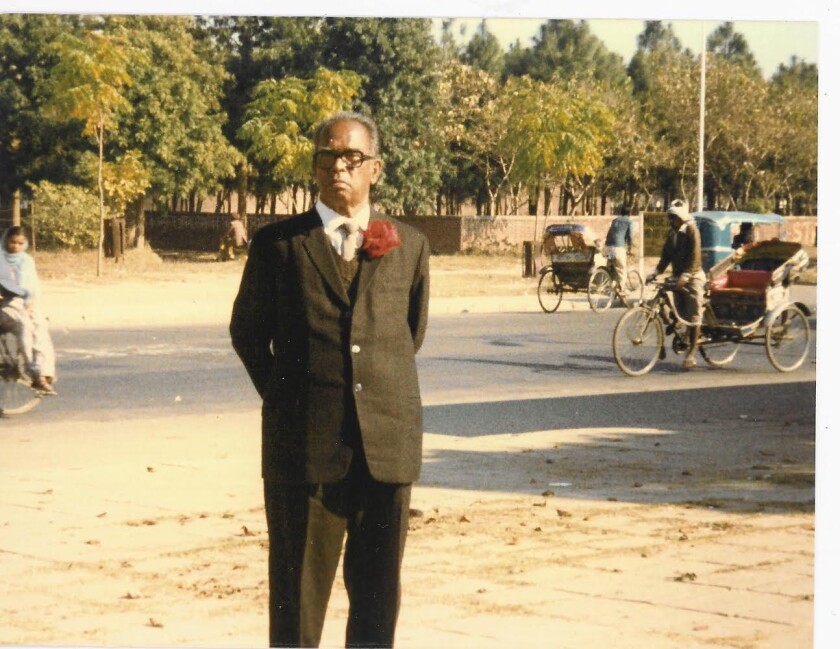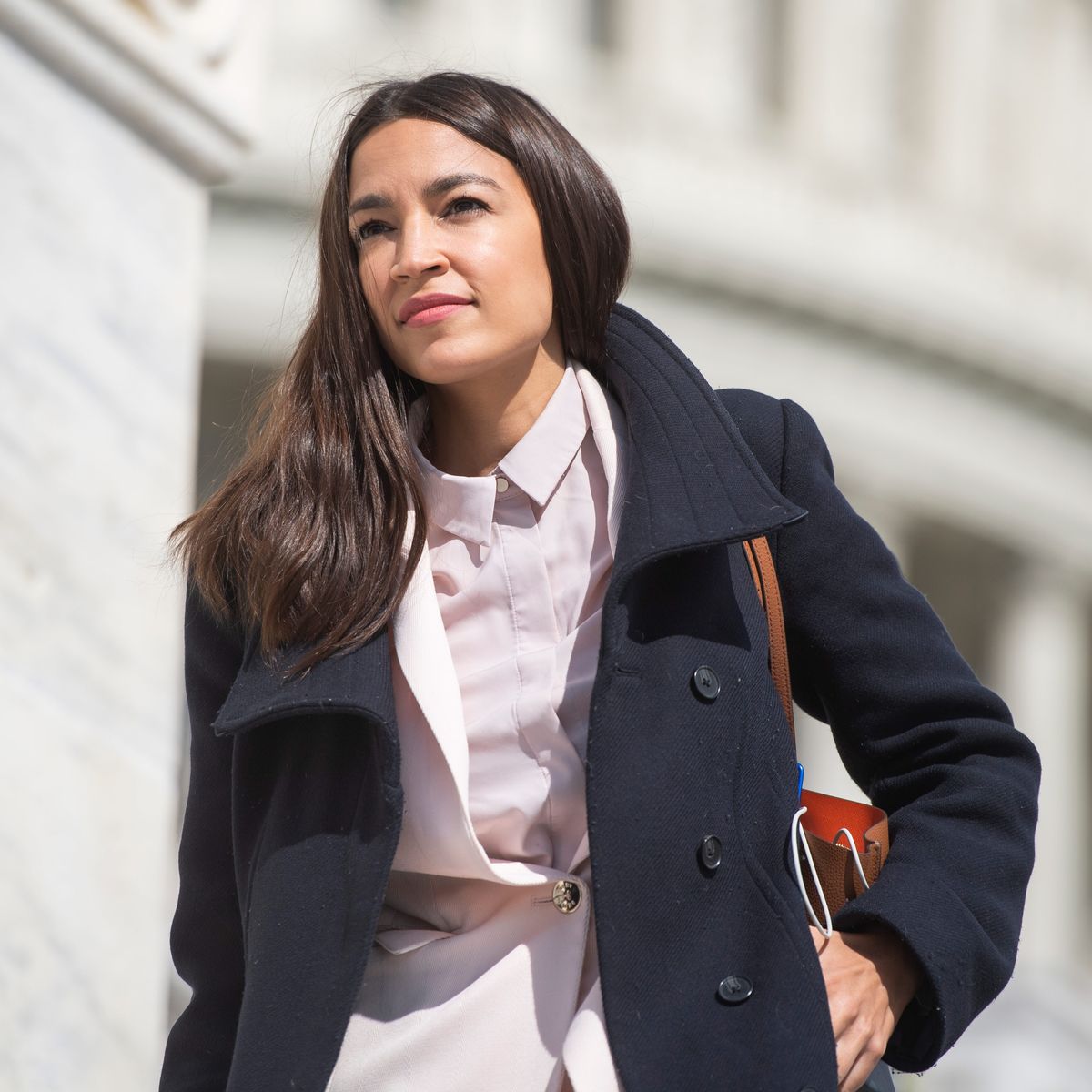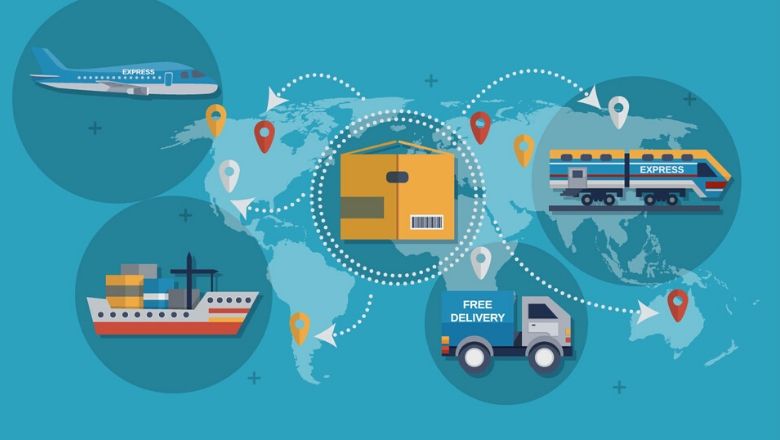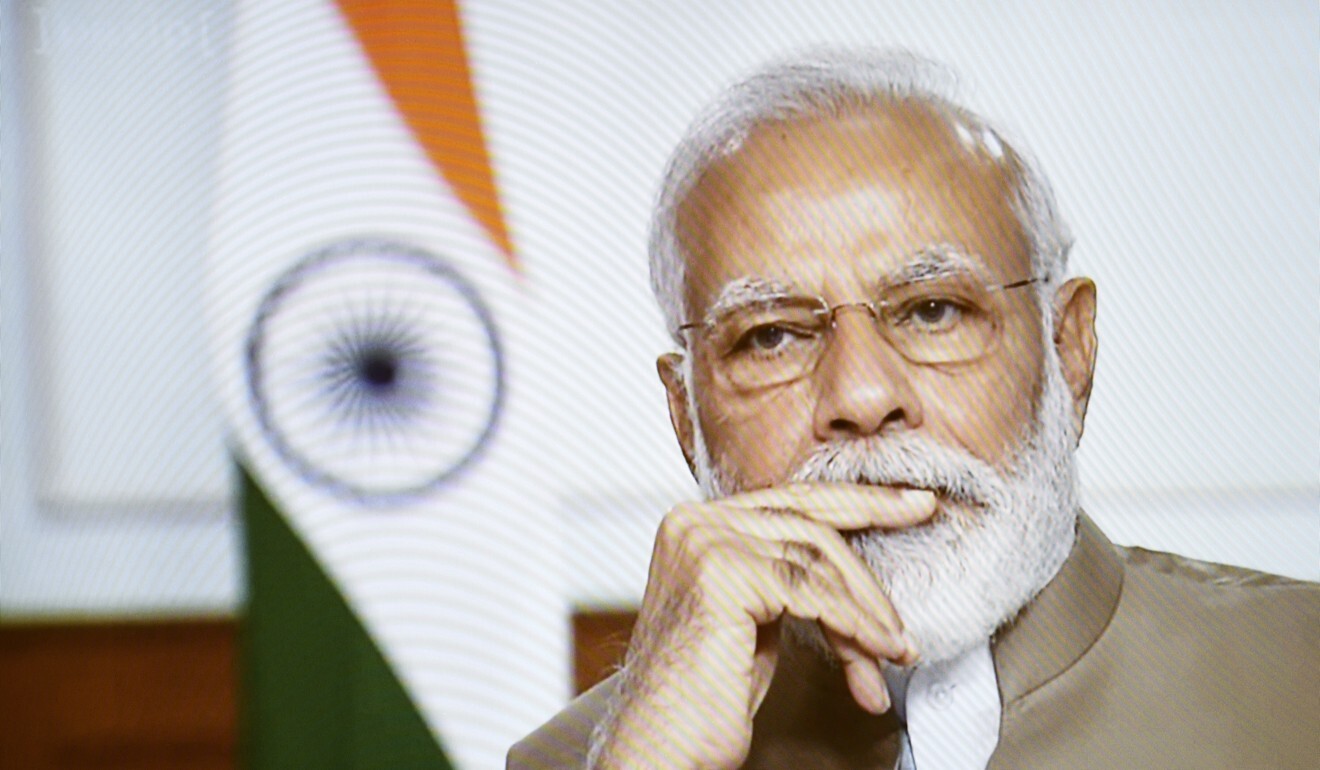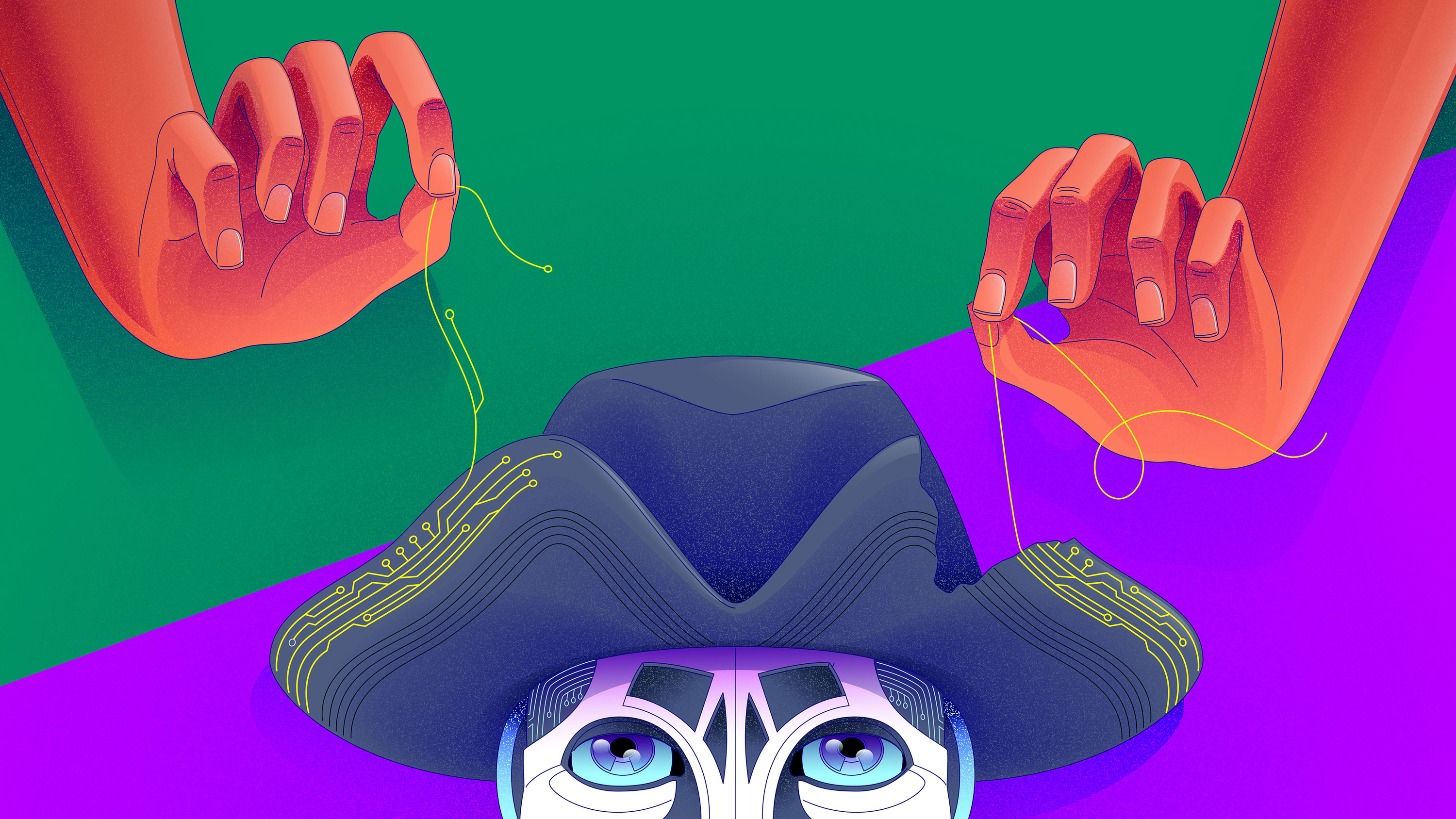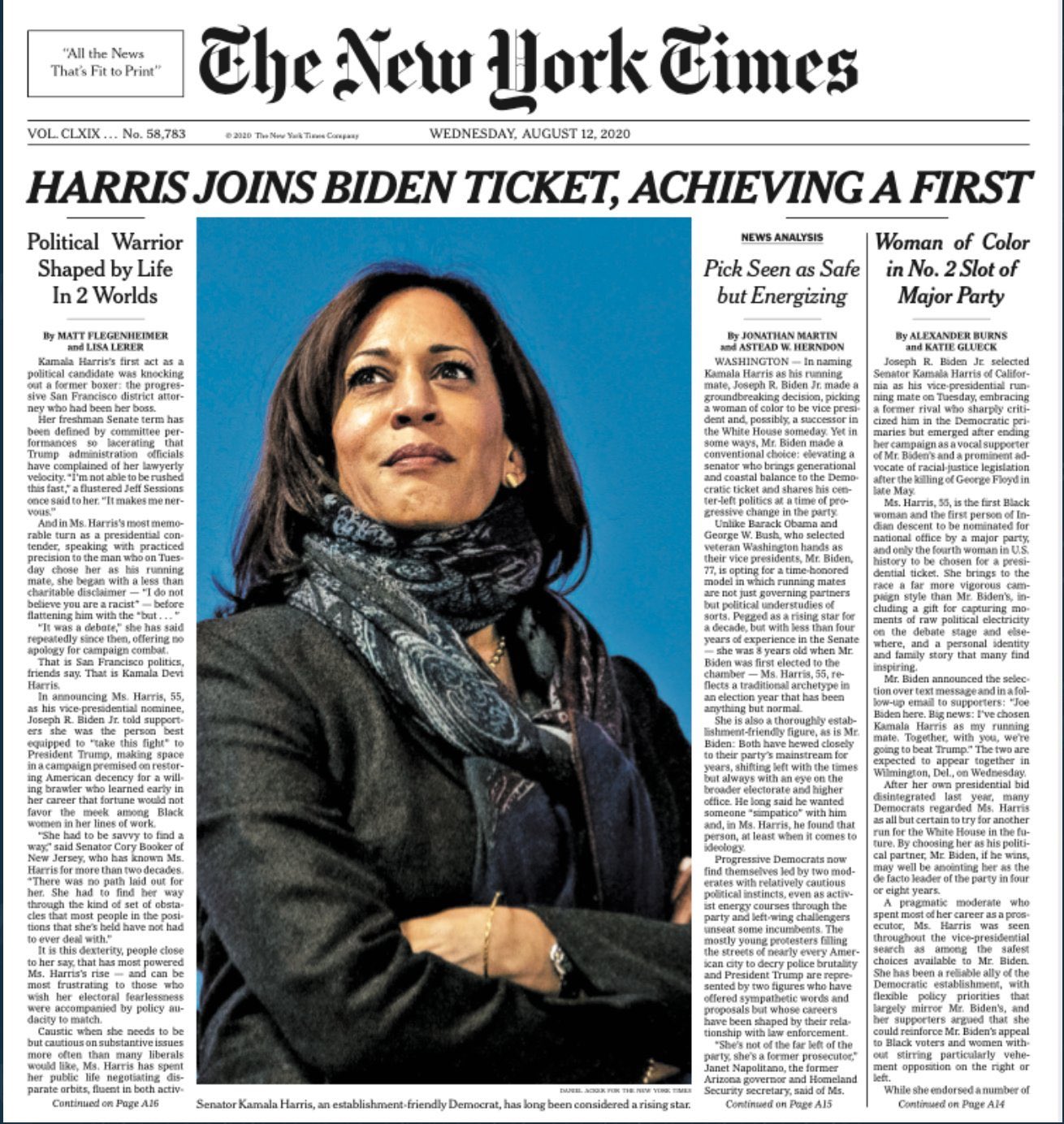Donald Trump’s anti-China policy is doomed to fail, as his coronavirus strategy did Rather than a cohesive strategy, America is taking aim at China’s economy based on a mix of short-term thinking, parochial calculations, and fear of Chinese competition Most of its attacks are missing the mark, and some are likely to boomerang on US interests instead ................... Like it or not, the Trump administration has launched a cold war against China. ......... although China hawks in Washington often liken China to the former Soviet Union, the comparison is very misleading. The Soviet Union was in a full-blown confrontation with the Western world, both militarily and ideologically, and the fierce arms race with the US severely strained the Soviet economy. .......... it was the Soviet economy, moribund and rotten to the core, that collapsed and caused the entire system to implode. ........... China is an authoritarian regime, but it is not interested in spreading Marxism around the world. Rather, China is far more interested in exporting capital, expanding its market share and securing resource supplies. .............. For the last four decades, the Chinese economy has been vibrant and thriving, with the private sector leading the way in generating jobs and economic growth. The standard of living for the Chinese has been improving at an unprecedented speed, with GDP per capita rising from around US$200 in 1980 to US$10,000 today. ........... The majority of the Chinese are genuinely happy. ........... the Chinese government has never been this popular with its people – all thanks to the Trump administration’s hardline China policy. This policy has been read by ordinary Chinese as proof of the US’ denial of China’s right to be economically successful. Naturally, Trump’s policy has spurred public resentment against the US in China. .............. The Chinese economy has already become large enough to withstand America’s economic sanctions. .......... China’s retail sales have exceeded those of the US since 2015, and China is virtually the largest market for various consumer goods: from cars and TVs to cellphones and luxury goods. This is not to mention that China is the largest importer of industrial and agricultural commodities of all kinds. ............. Qualcomm, a major US chip maker, is reportedly lobbying the Trump administration to lift trade restrictions on Huawei for fear that the American company will lose potentially US$8 billion in Huawei orders to foreign competitors. The share price of Intel, a key supplier to Huawei, has fallen by about 20 per cent since late July. .......... Beijing’s counterpunch to Trump’s isolationist economic policy is to make the Chinese economy even more open. ............ It is worth noting that all the Chinese companies on the White House’s hit list are privately-owned businesses, which are the backbone of a free market system and were encouraged and welcomed by all previous administrations in Washington. ................ the fear of Chinese competition is the true reason behind Trump’s economic war. .............. Trump’s protectionist policies have not led to any revival in US manufacturing.
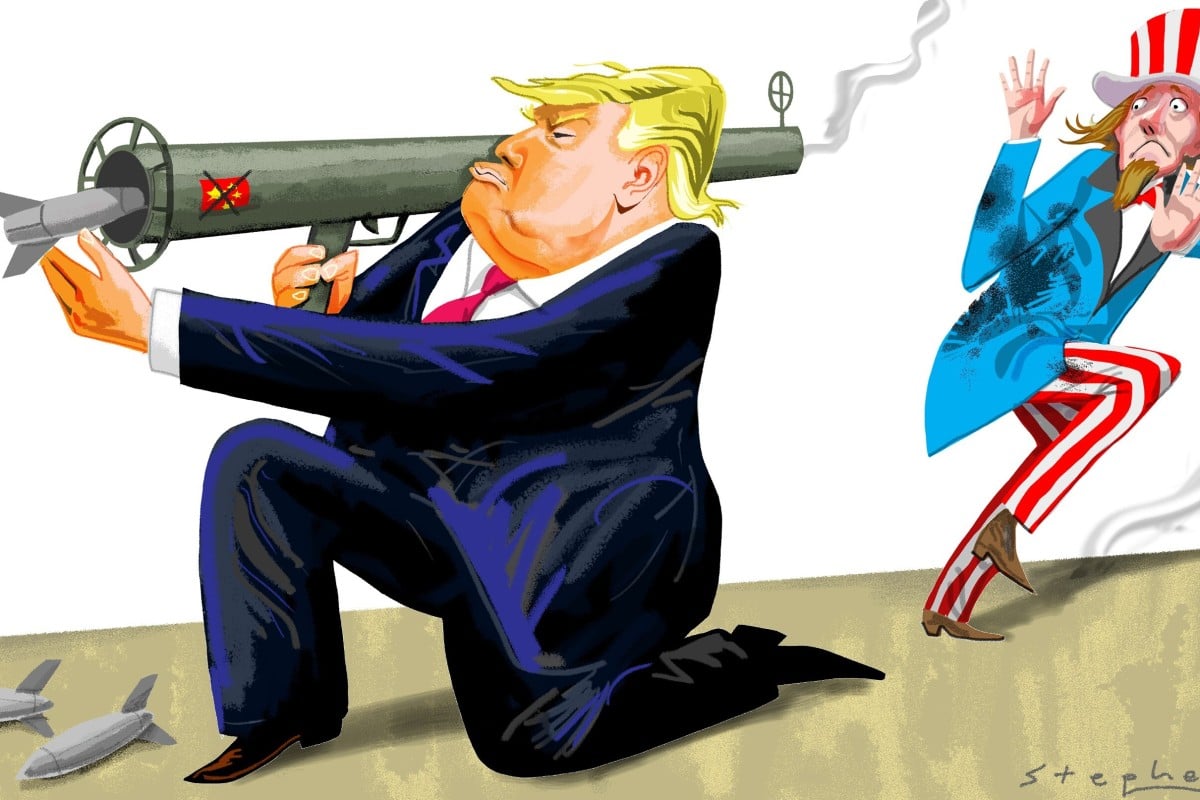
US-China relations: bankrupt, broken America has no room to talk If China is held captive by a bankrupt ideology, as Mike Pompeo claims, how do you explain its spectacular economic achievements and growing power? The US cannot win any new Cold War by demonising an ascendant China instead of addressing its own chronic problems and getting its house in order ............ If China is held captive by a bankrupt ideology, how do you explain its spectacular economic achievements? If the US represents the pinnacle of virtue, how do you explain its many social problems, laid bare by Covid-19? .................. China has propelled its per capita GDP from US$156 in 1978 to more than US$10,000 last year. On a purchasing power parity basis, residents of Beijing and Shanghai enjoy per capita GDP similar to some European Union member states. ............ If China is so totalitarian, why do so many Chinese students studying abroad happily return from the “free world” to China every year after obtaining their foreign degrees? .............. The Communist Party of today is quite different from the party of 1977. China learned from its earlier failed experiments that it could not leapfrog into communism. By its own admission, China is at an early stage of socialism, and its economic model is still evolving. ............... China’s economic system is eclectic, not limited by ideology. The Communist Party retains its vitality through dynamic evolution. .............. After decades, China is still struggling with its Revitalising Northeast and Go West campaigns. ........... China owes its success to experimentation. Local cadres are allowed, even encouraged, to experiment and are rewarded for their achievements ............. China prunes its failures and propagates its successes nationwide. ............... Where have market fundamentalism and financialisation left most Americans? For the average American, real wages have stagnated for decades. Uniquely expensive and inefficient among developed nations, US health care is a problem for many of its citizens. With the lapse of US$600 federal jobless aid payments, many Americans face destitution. ........................ Bogged down by partisan politics, it has not been able to address many of its chronic socioeconomic problems. .......... The US has more than 5 million Covid-19 cases and over 160,000 deaths and has seen mass protests across the country as part of the Black Lives Matter movement. The rule of law in the US is compromised. Even the orderly transition of power after the November election is not assured. It is the US’ empty rhetoric that is truly bankrupt.
“Woke-Washing” Your Company Won’t Cut It
